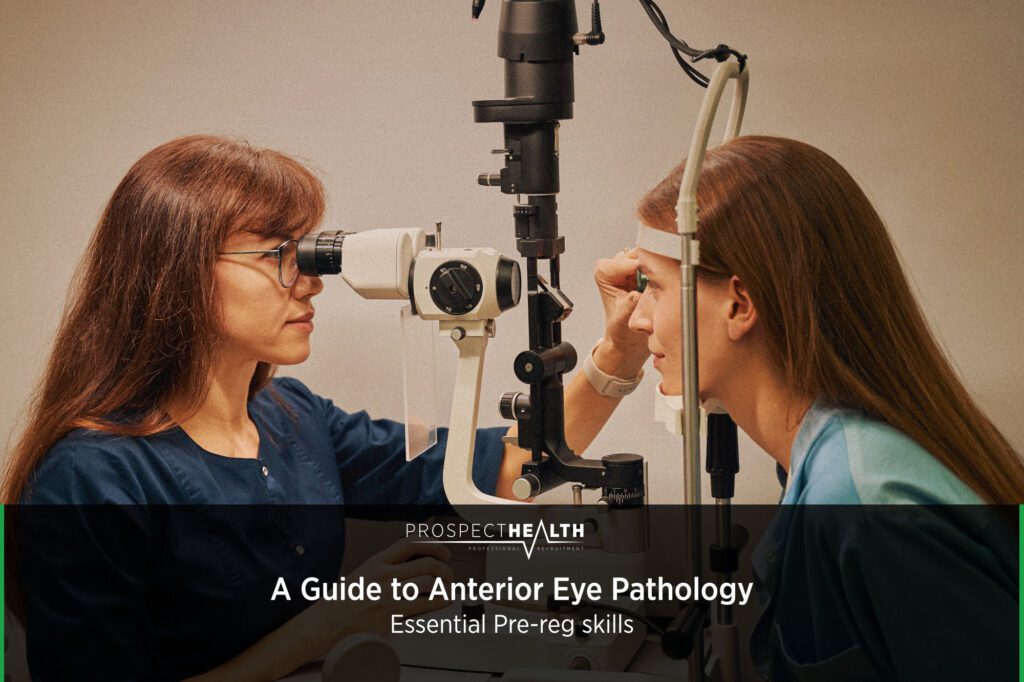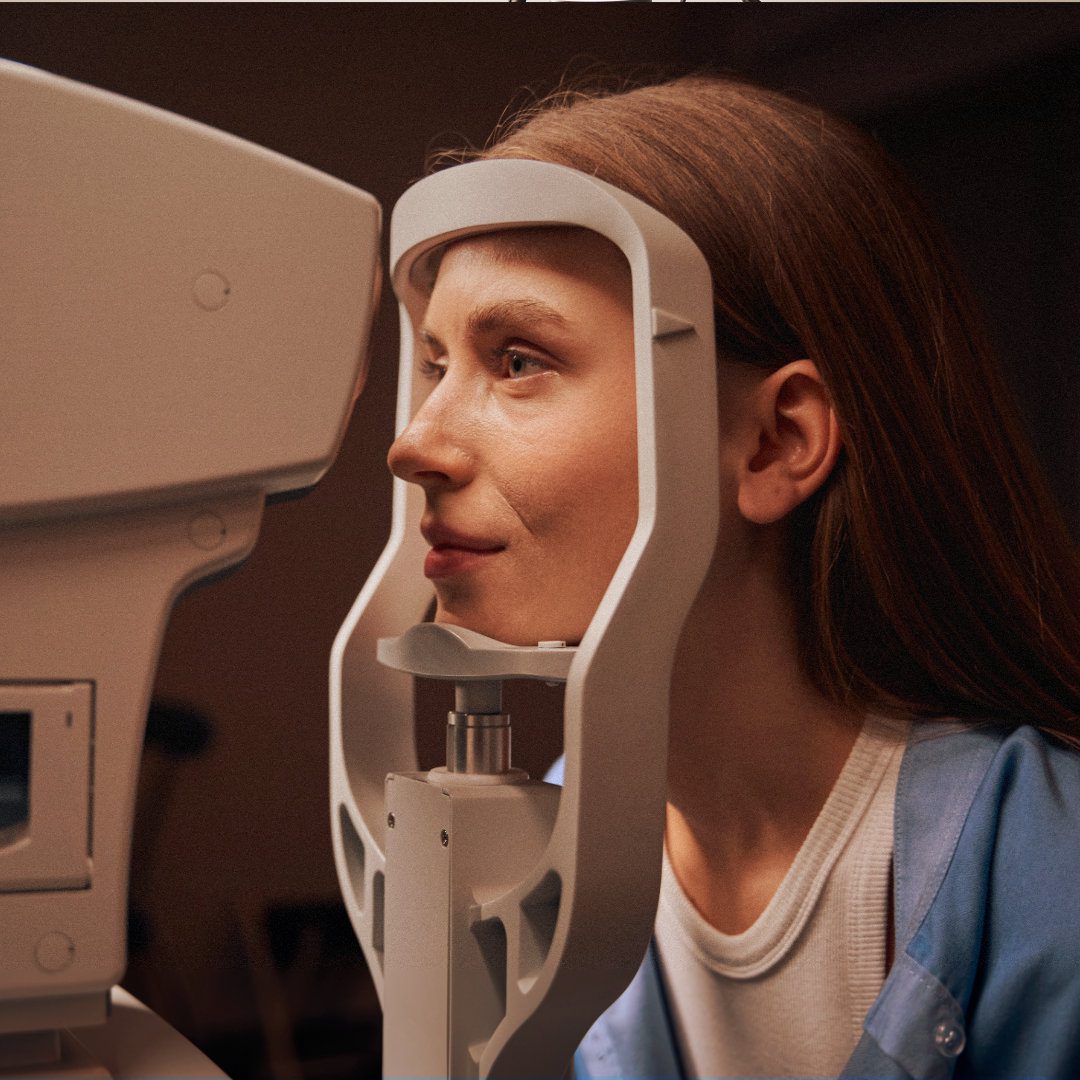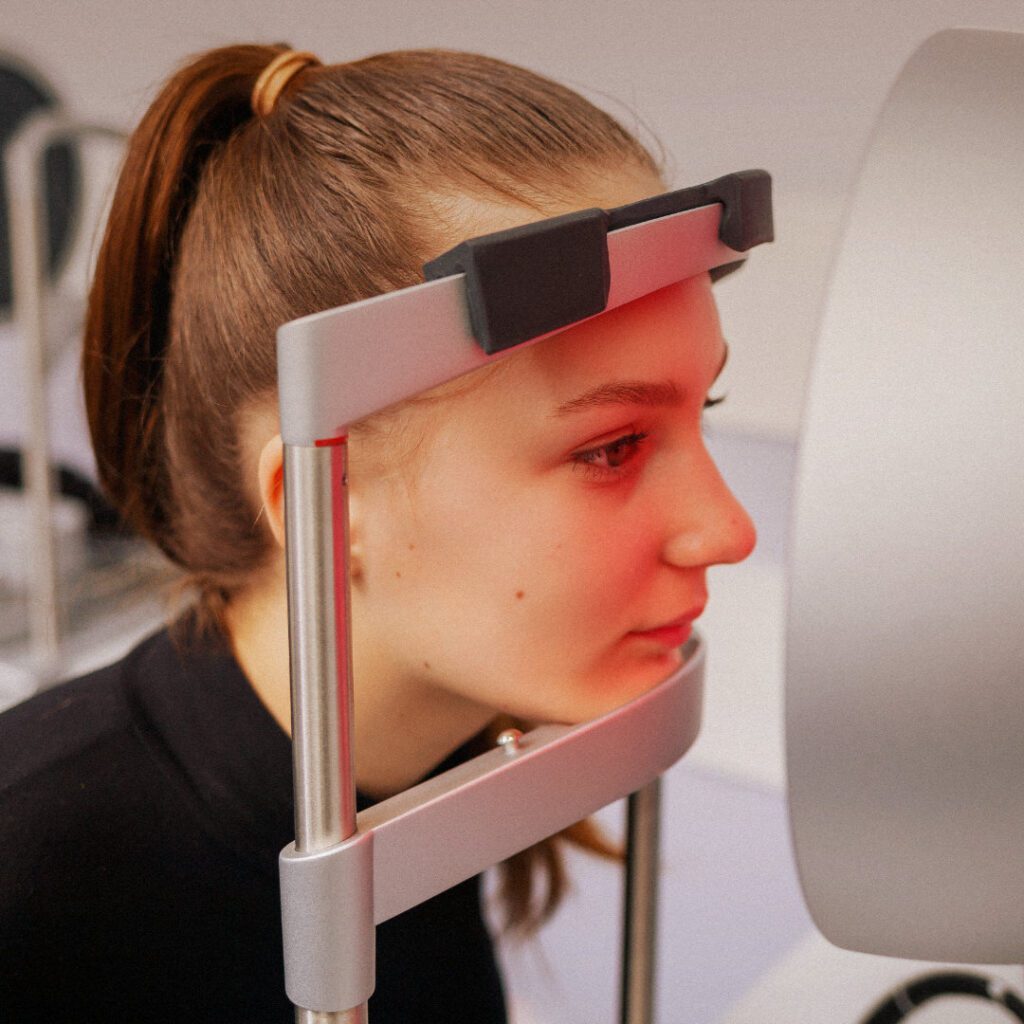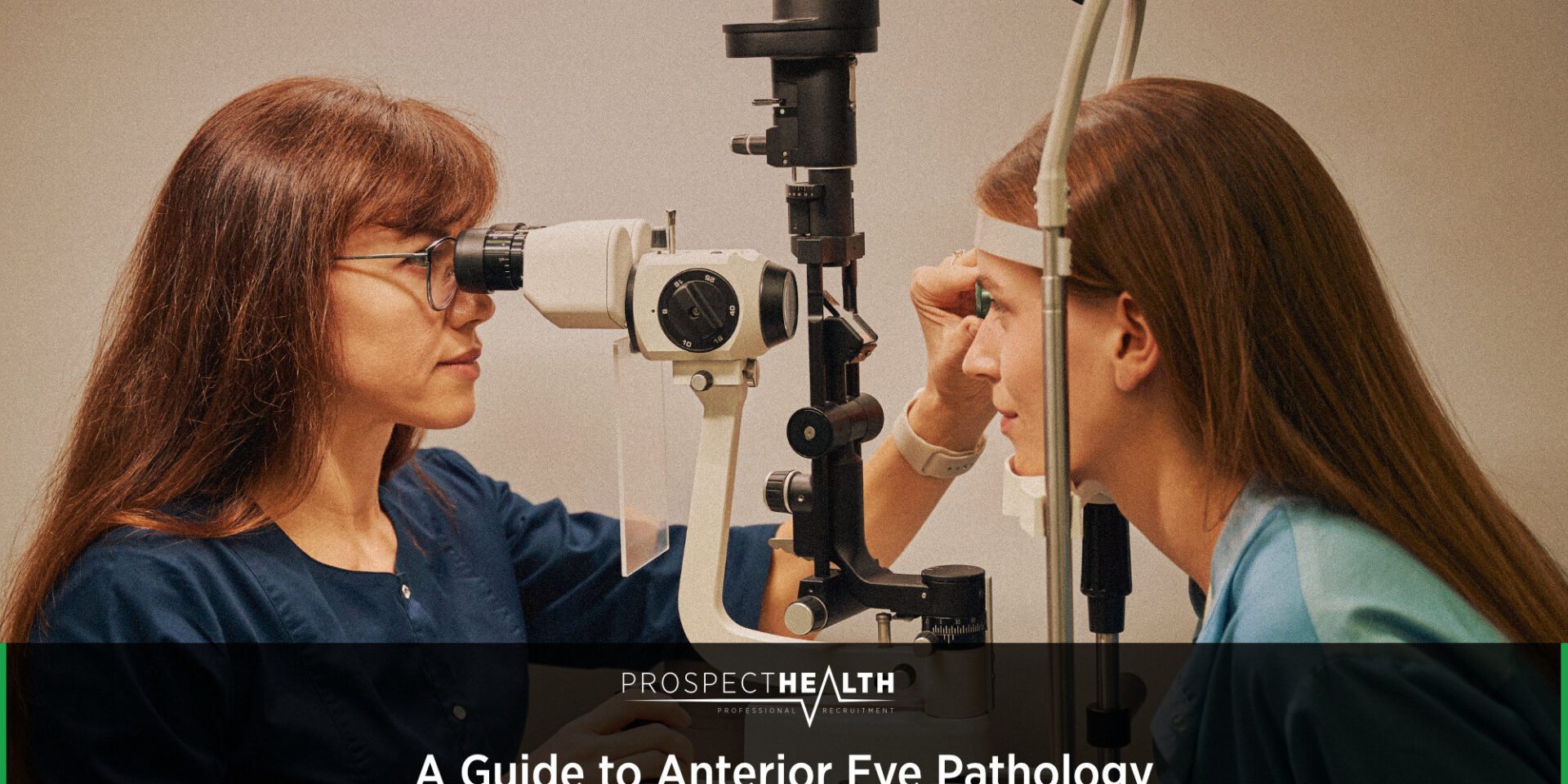
A Guide to Anterior Eye Pathology:
Essential Pre-reg skills
Recently, Aneesa led a detailed session on anterior ophthalmology, walking through common eye conditions, their presentation, and management. The webinar covered cataracts, meibomian gland dysfunction, blepharitis, and various causes of red eye.
To access all our pre-recorded webinars via our online learning management system, please complete the form below:

Access our pre-recorded Optometry Webinars
Below is a summary of the main learning points from the webinar:
Cataracts: Types and Clinical Features
Cataracts are among the most frequently encountered eye conditions in practice. The webinar highlighted three main subtypes:
- Nuclear Sclerotic Cataract
- Most common type
- Gradual, slow progression
- Patients often report night-driving difficulties, reduced contrast, and a myopic shift
- Appears as a yellow-brown “brunescence” of the lens
- Impacts distance vision more than near vision
- Cortical Cataract
- Caused by hydration of lens fibres, producing “spoke-like” opacities
- Can induce or alter astigmatism
- Patients may experience monocular diplopia (double vision)
- Visual impact depends on whether the spokes cross the visual axis
- Posterior Subcapsular Cataract
- Less common, but progresses more quickly
- Patients often complain of glare and near-vision difficulties
- Seen more frequently in younger patients, and associated with trauma, steroid use, or radiation exposure
- Best detected with retro-illumination
While age is the leading cause of cataracts, risk factors include diabetes, smoking, UV exposure, systemic diseases, and prior eye surgery.
Meibomian Gland Dysfunction (MGD)
MGD is the blockage of the meibomian glands in the eyelids, leading to disruption of the tear film’s lipid layer. This results in rapid evaporation and dry eye symptoms.
Symptoms:
- Dry, itchy, burning eyes
- Foreign body sensation
- Reflex tearing
Management:
- Warm compresses to soften gland secretions
- Lid massage to express oils
- Lubricating eye drops
Blepharitis
Blepharitis is inflammation of the eyelid margin and can be anterior (affecting lashes and follicles) or posterior (linked with MGD).
Symptoms:
- Itchy, red, irritated eyelids
- Crusting at lash bases
- Gritty or burning sensation
Management:
- Lid hygiene with wipes (e.g., Blephaclean) or diluted baby shampoo
- Consistent treatment over 4–6 weeks
- For older patients, demodex mites are common and best treated with tea tree oil-based products (e.g., Blephademodex wipes)
Red Eye: Working Through Differentials
A systematic approach is essential when evaluating a red eye. Consider pain, discharge, vision changes, and corneal involvement to distinguish between common causes:
- Conjunctivitis
- Bacterial: Gunky discharge, often bilateral, resolves in 5–7 days (sometimes topical antibiotics needed)
- Viral: Watery discharge, often follows recent cold/flu, follicles on conjunctiva
- Allergic: Itchiness is the hallmark, watery discharge, linked with allergens; treat with cold compresses, antihistamines, or mast cell stabilisers
- Anterior Uveitis
- Painful, red eye with photophobia and reduced vision
- Signs: ciliary flush, keratic precipitates, cells and flare in anterior chamber
- Managed with topical steroids under specialist care
- Episcleritis vs. Scleritis
- Episcleritis: Sectoral redness, mild discomfort, self-limiting, vessels blanch with phenylephrine
- Scleritis: Diffuse, severe redness and pain; vision-threatening, requires urgent referral
Key Takeaways
- Cataracts are age-related but present differently depending on the subtype.
- MGD and blepharitis are common chronic conditions requiring consistent lid hygiene.
- Red eye requires careful differential diagnosis, with attention to pain, discharge, and corneal involvement.
- Some conditions, like episcleritis, are benign and self-limiting, while others (e.g., scleritis, anterior uveitis) require urgent management.
Are you preparing for your OSCEs and looking for career guidance too?
Prospect Health works with over 100 employers eager to hire newly qualified optometrists.
Alongside revision support, we can help you secure the right role for you when you qualify.
You can call us at 01423 813 452 or email us at [email protected]
Or view the rest of our Optometry jobs here!

Next up: A Guide to Posterior Eye Pathology: Key Conditions Explained
Understanding posterior eye pathology is essential for optical clinicians to recognise the impact of systemic health on vision.
Whether you’re revising for exams or brushing up on clinical practice, this webinar reinforces how vital posterior pathology knowledge is for protecting patients’ sight.

Talk to a specialist:
VICTORIA ASHTON
Specialist Recruitment Consultant
I am an experienced recruitment professional with a diverse background spanning GP recruitment, the Commercial sector, Practice Management, and most recently, Optometry.
After completing my degree as a mature student, I embarked on my recruitment career and have since found the industry both challenging and rewarding…


